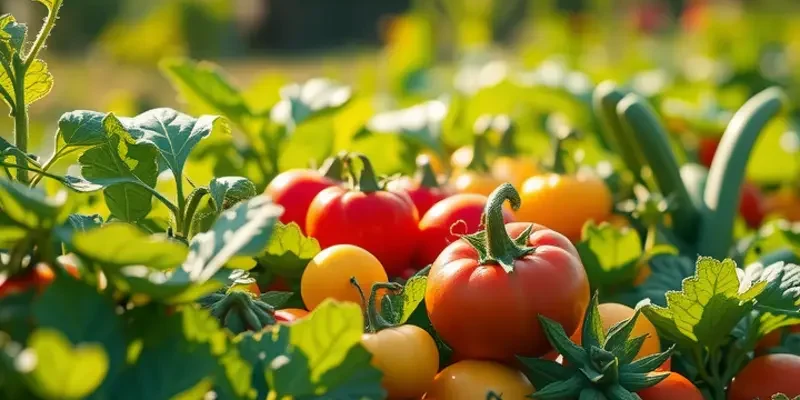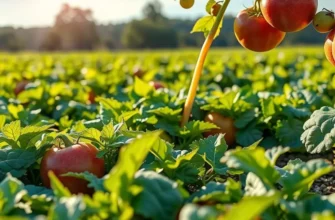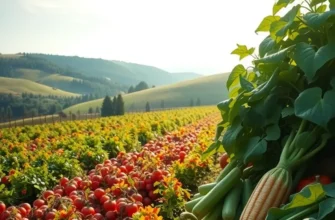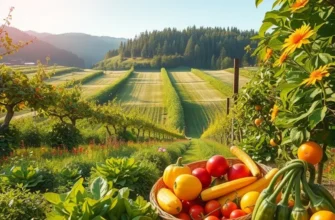Reducing waste during meal planning not only helps the environment but also saves you money and time. With simple strategies for food storage, meal preparation, and inventory management, you can create a sustainable kitchen that minimizes waste. Implementing these tips will cultivate habits that make both cooking and eating enjoyable while promoting a healthier lifestyle.
Effective Food Storage Techniques
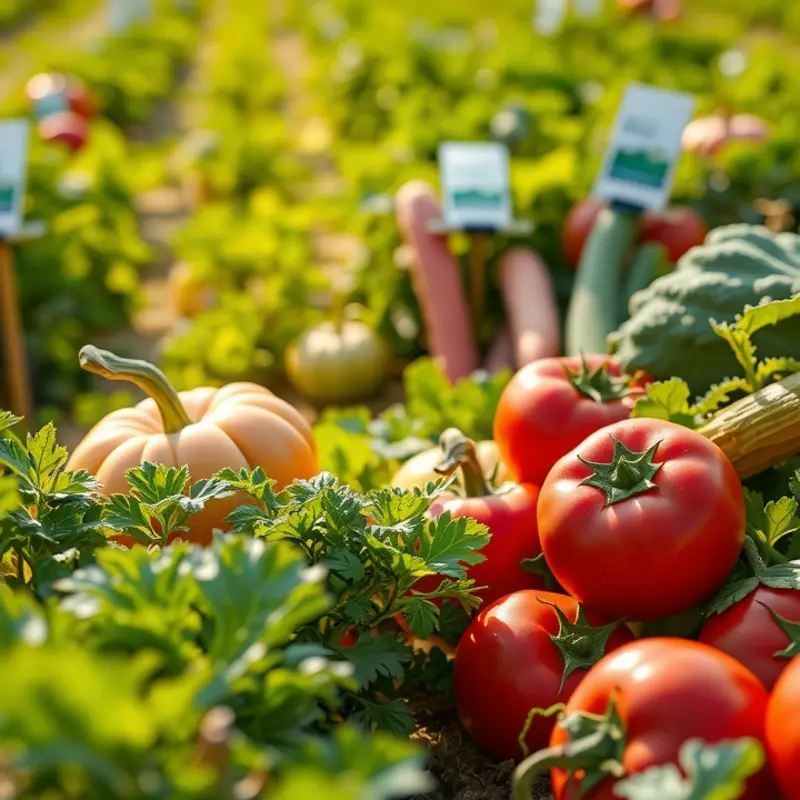
Mastering food storage transforms how long groceries last, reducing waste significantly. Proper storage extends freshness and minimizes spoilage, especially for fruits, vegetables, leftovers, and bulk items. Understanding how to store each type of food can make a remarkable difference.
Fruits often require specific conditions. While bananas ripen best at room temperature, apples last longer in the fridge. When storing berries, avoid washing them until consumption to prevent mold. To keep herbs fresh, place them in jars of water in the fridge, much like floral arrangements, and cover with a loose plastic bag.
When it comes to vegetables, many thrive in a similar cool and humid environment. Cruciferous vegetables, like broccoli and cauliflower, do well when stored in perforated plastic bags with a damp paper towel. Root vegetables, such as carrots and potatoes, store better in cool, dark places away from onions, which produce gases that cause them to sprout.
Leftovers should be stored in airtight containers to maintain moisture and prevent contamination. Cooling them down quickly before refrigerating them slows bacterial growth dramatically. Plan meals to use up leftovers efficiently, possibly incorporating them into new dishes such as soups, stews, or casseroles.
Buying and storing bulk items effectively can save time and money. Divide large quantities into smaller portions, using airtight containers or bags. Keep grains, legumes, and seeds in dry, dark places to deter pests and prolong shelf life. Freezing is an excellent option for nuts and flours, which can become rancid at room temperature.
Notably, utilizing an eco-smart kitchen storage approach can both preserve food and reduce environmental impact. This method advocates for using sustainable storage solutions, such as glass jars instead of plastic, leading to less waste.
Moreover, understanding each food’s needs will further improve their longevity. For instance, citrus fruits and avocados should remain separate from ethylene-producing fruits like apples and tomatoes. The separation prolongs each fruit’s life by minimizing exposure to ripening gases.
A well-organized fridge also plays a pivotal role. Grouping foods based on temperature needs—raw meats in the coldest section, fruits, and vegetables in designated crisper drawers—ensures consistent freshness. Regularly cleaning and auditing fridge contents prevents forgotten items from spoiling silently in the shadows.
By implementing these strategies, you can successfully minimize food waste. Storing food appropriately not only saves money but also supports a more sustainable household environment. With consistent practice, these techniques become second nature, paving the way for a well-organized and efficient kitchen.
Smart Meal Planning for Waste Reduction
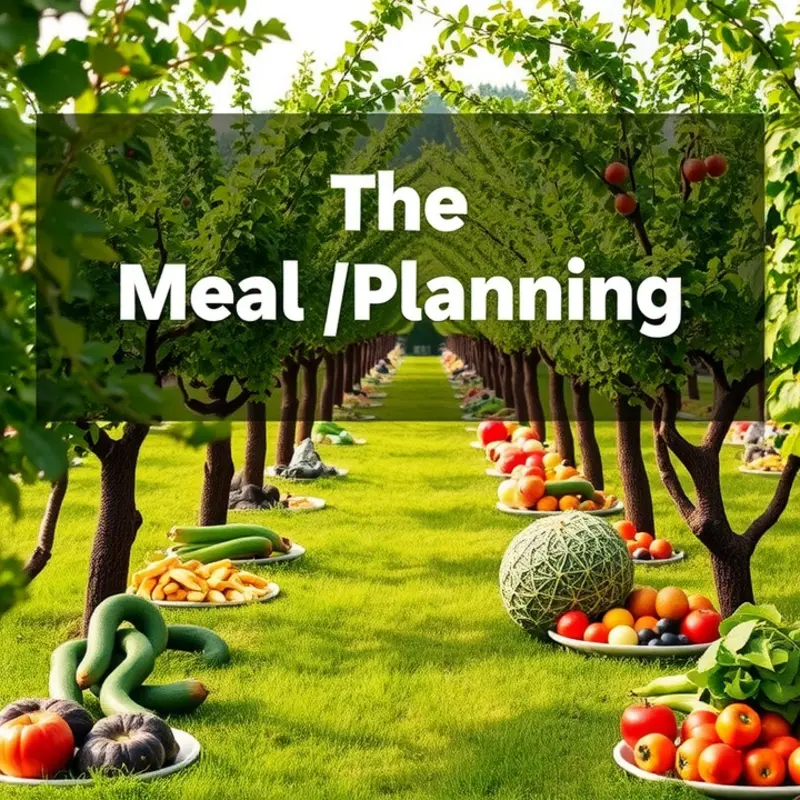
Efficient meal planning starts with understanding what you have in your pantry. Take stock of your ingredients regularly. This habit ensures that nothing gets lost or forgotten. Once you have a clear view of your current supplies, you can design a meal plan that makes use of everything available.
Creating a meal plan that fits your lifestyle involves identifying the times you can commit to cooking at home and the types of dishes that suit your schedule. Busy weekdays might call for quick, minimal prep meals. You can find some great ideas for such meals in this minimal prep dinner guide.
Organization is key when it comes to grocery shopping. Start by drafting a detailed list based on your meal plan. Stick to this list to avoid impulse purchases that often contribute to food waste. Prioritize purchasing perishable items that you plan to use immediately. For non-perishables and frozen goods, buy in bulk only if it aligns with your meal plan.
Using leftovers creatively can transform meals and reduce waste significantly. Consider thematic nights such as stir-fry Saturdays or taco Tuesdays where leftover proteins and vegetables can take center stage. Blending leftovers into soups, casseroles, or even as toppings for pizza invigorates them and keeps your meals exciting.
Batch cooking is another effective strategy. It allows you to prepare meals ahead of time, portion them appropriately, and freeze them for future use. This method not only saves time and effort but also ensures that everything gets used up. It’s crucial to label and date all stored meals, so you always eat the oldest first, reducing waste considerably.
Finally, flexibility in your meal planning can make a big difference. While having a plan is essential, being open to swapping ingredients can prevent trips to the store and make use of what’s already on hand. For example, use leafy greens in place of herbs, adapt recipes to suit the vegetables you have available, or employ creative substitutions like swapping yogurt for sour cream in certain recipes.
By adopting these smart meal planning strategies, you can efficiently utilize all your ingredients, minimize waste, and enjoy a more organized kitchen. The ultimate goal is to create a sustainable cycle where your meal planning not only benefits you but also contributes positively to the environment.
Final words
By implementing effective food storage techniques and smart meal planning strategies, you can significantly reduce waste and enhance your overall food management at home. Remember, every small change contributes to a more sustainable kitchen. Regularly assess your pantry and refrigerator to and ensure you use ingredients seasonally and creatively, maximizing their valuable resources while saving money and time. Take action today to cultivate habits that make both cooking and enjoying food a fulfilling experience.

